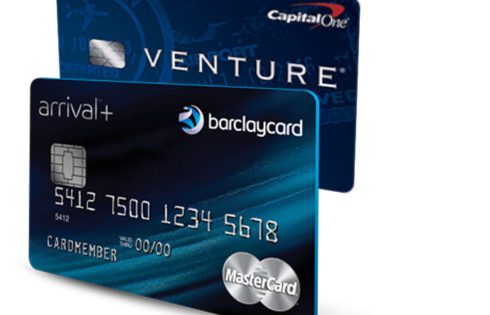
Capital One Venture Credit Score Needed (Real Data Points) [2021]
The Capital One Venture is now one of the best travel rewards credit cards on the market. That’s because Capital One recently made changes to its rewards program and now

The Capital One Venture is now one of the best travel rewards credit cards on the market. That’s because Capital One recently made changes to its rewards program and now

Offer no longer available We’re starting to see a lot of new great offers roll out which is really encouraging for a few reasons. For one, it’s now becoming easier

The Capital One Venture Rewards Credit Card and the Capital One Savor Cash Rewards Credit Card are two of the hottest Capital One cards. But these are two very different

The Capital One Venture Rewards Credit Card is a well-known credit card but surprisingly a lot of people don’t know a ton about the Capital One Venture Benefits. Thankfully, this

Two of the top “statement credit” travel cards are the Capital One Venture Rewards Credit Card and the Barclaycard Arrival Plus. These cards are very similar and offer many of

The Capital One Venture Rewards Credit Card is often shamed and overlooked for other travel cards offered by Chase, Citi, and American Express, but that shouldn’t be the case. The
| Cookie | Duration | Description |
|---|---|---|
| cookielawinfo-checkbox-analytics | 11 months | This cookie is set by GDPR Cookie Consent plugin. The cookie is used to store the user consent for the cookies in the category "Analytics". |
| cookielawinfo-checkbox-functional | 11 months | The cookie is set by GDPR cookie consent to record the user consent for the cookies in the category "Functional". |
| cookielawinfo-checkbox-necessary | 11 months | This cookie is set by GDPR Cookie Consent plugin. The cookies is used to store the user consent for the cookies in the category "Necessary". |
| cookielawinfo-checkbox-others | 11 months | This cookie is set by GDPR Cookie Consent plugin. The cookie is used to store the user consent for the cookies in the category "Other. |
| cookielawinfo-checkbox-performance | 11 months | This cookie is set by GDPR Cookie Consent plugin. The cookie is used to store the user consent for the cookies in the category "Performance". |
| viewed_cookie_policy | 11 months | The cookie is set by the GDPR Cookie Consent plugin and is used to store whether or not user has consented to the use of cookies. It does not store any personal data. |
